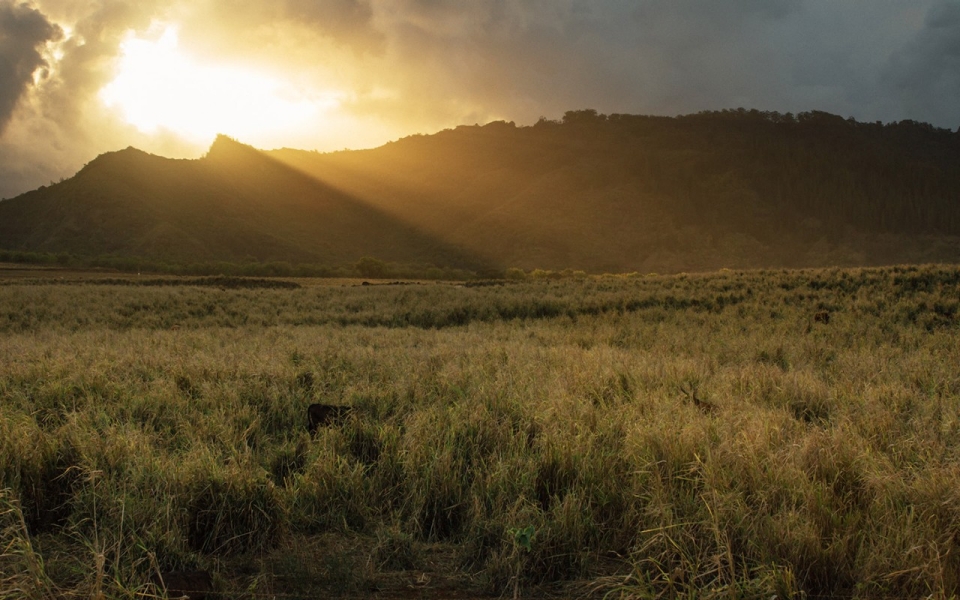Real Estate Articles

Aloha from the Blue Sofa! Here at Susan Jackson Real Estate, we spend a lot of our time talking about real estate sales-related topics we hope people will find useful regardless of whether they’re ready to purchase a property, or simply are just interested in market trends and/or other related information. While the majority of these topics relate to present day real estate news in and around Maui and the state of Hawaii, we believe it’s equally important to study the historical side of real estate on our island and state to better contextualize present day conversations. Not to mention the fact there is no shortage of fascinating topics related to this wonderfully diverse state! It is for those reasons we are now introducing a series of posts dedicated exclusively to historical real estate topics in Hawaii we believe are both interesting and fundamental to the industry as it exists today.
We are excited to kick this series off with a look at the Hawaiian Home Lands Program. A Hawaiian Home Land is an area of land held in trust for Native Hawaiians by the State of Hawaii under the Hawaiian Homes Commission Act of 1920. It is a program that allows native Hawaiians to establish a permanent land base for the use and benefit of native Hawaiians from generation to generation, without the risk of alienating the fee title to the land(s).
Beginning in the early 1800s, large numbers of Native Hawaiians were forced off their land due to an influx of foreigners moving in and selling leases to pineapple and sugar cane companies. Hawaiians were forced to retreat to urban areas, where they often inhabited overcrowded tenements rampant with diseases for which they had no immunity. In 1826 there were an estimated 142,650 full-blooded Hawaiians within the Hawaiian Islands. By 1919, this number had decreased to 22,600.
The idea for “Hawaiian Home Lands” was first introduced as a result of the 1893 overthrow of the Kingdom of Hawaii. In 1921, the US Government set aside 200,000 acres within the Territory of Hawaii as a land trust for homesteading by Native Hawaiians. The “Hawaiian Homes Commission Act” (HHCA) was then passed on July 9, 1921 and is still in effect today. The overthrow of the Kingdom forced Natives away from traditional practices. The HHCA was brought about largely in order to rehabilitate these practices. The Act was incorporated as a provision in the State Constitution when Hawaii was granted statehood in 1959. Oversight of the program was handed off to the State as that time, although Congress still has the final say regarding any potential amendments. Its significance in securing lands and restoring native cultural practices in a rapidly changing area cannot be overstated. Since then the Department of Hawaiian Home Lands has opened 97,000 homesteads. Approximately 27,000 people are currently on the wait list.
There are three types of homestead leases: Residential, Agricultural and Pastoral. Residential awards include fully improved lots with new homes on them, fully improved vacant lots and vacant lots with minimal improvements.
The benefits of a Home Lands lease are numerous: An annual lease rent of $1.00 per year for 99 years; a lease term that can be extended for an additional 100 years, allowing one to pass the homestead from generation to generation; a seven year exemption from real property tax; a complete exemption of tax on the land; low-interest government loans; and the ability to use the equity in one’s property to obtain loans.
To apply and qualify for a Hawaiian Home Lands Lease, one must meet two requirements: be at least eighteen years of age; and be Native Hawaiian which is defined in this context as “any descendant of not less than one-half part of the blood of the races inhabiting the Hawaiian Islands previous to 1778.” In other words, this means one must have a blood quantum of at least 50 percent Hawaiian. There is another way around the 50 percent rule. If someone is 25 percent Hawaiian but has a living parent or grandparent who is 50 percent or more Hawaiian, they are able to acquire the property and transfer it to the individual.
The program is not without its faults. By 2015, there were as many as 29,000 Native Hawaiians on a waiting list for land, while the state has propelled corporations ahead in the line. One man – an 80-year-old Kauai farmer – had been on the waiting list since he was 26 years old. The land has been left unused since the 1960s when many of the sugar cane companies packed up and headed out. The problem was rooted in the federal rule-making process that usually follows the passage of a law. It simply never happened. This left the new policy up to wide interpretation and what followed was a series of misuse and poor management. By 2015, nearly half of the designated land had gone to non-Hawaiians, while the 29,000 waitlisted Natives watched thousands of acres lay vacant. Parcels of land that used to be accessible became chained and locked, preventing the cleanup of invasive species and maintenance of previously used roads.
Today, early half the distributed lands are occupied and leased by large businesses. The often cash-strapped DHHL favors this arrangement, but many see it as counterproductive to the overall goal of Hawaiian Home Lands: to provide native Hawaiian people access and ownership to these lands.
Stay tuned for more Hawaiian Real Estate History articles like this in the future from Susan Jackson Real Estate.
